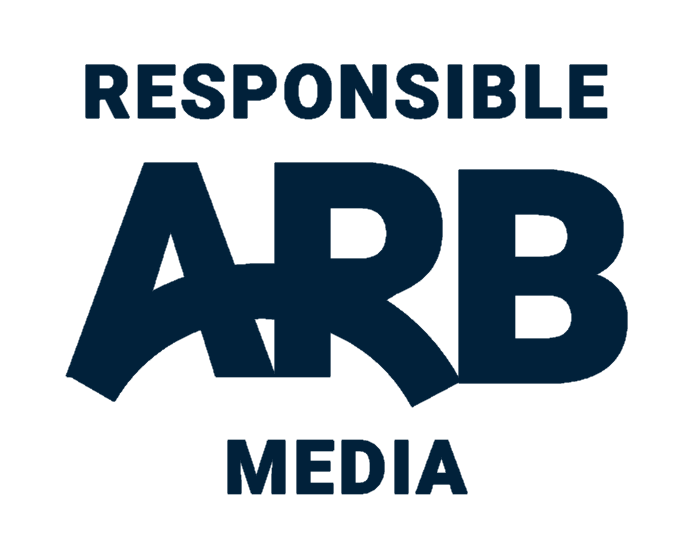Byte of Success
Ten things you need to know about St. Patrick’s Day, March 17.─── 08:31 Thu, 17 Mar 2016

1. Saint Patrick was neither Patrick, nor Irish
His original name was Maewyn Succat. He was born in the late 4th century in Roman Britain and his parents were Romans. He was kidnapped by Irish raiders and then sold as a slave to tend sheep. He escaped, went back to Britain and took refuge in a monastery.
Years later he became a priest, got the name Patricius and went back to Ireland to convert the country to Christianity. He is the main patron saint of Ireland. And according to legend he will be the judge of the Irish on judgement day.
2. Saint Patrick’s colour was not green
The traditional colour associated with Saint Patrick was blue; there is even a particular shade of blue called Saint Patrick’s blue.
Green became popular from the 18th century when the original idea of wearing a shamrock (linked to Saint Patrick) was adopted by the Irish independence movement, so wearing green became a symbol of sympathy with Irish independence.
According to WalletHub, 82 percent of participants in St Patrick’s Day events plan to wear green this year. The river in Chicago is dyed Kelly green for five hours; they use 45 pounds of vegetable-based dye for the effect.
3. Why is the shamrock associated with St. Patrick?
He used the three-leaf plant to explain holy trinity to pagans: how the Father, Son and the Holy Spirit can be separate entities but also one at the same time. Nowadays the shamrock represents good luck around the world. (It’s also very lucky if someone finds a four-leaf clover; the odds of finding one is 10,000 to 1).
4. Did Saint Patrick drive the snakes out of Ireland?
Metaphorically it could be true! But actually scientists say there were no snakes living on post-glacial Ireland at all.
5. Why is it on 17 March?
Saint Patrick died on March 17 in 461. The Catholic Church names the day when a saint dies a holy day, because it is believed to be the day when they enter heaven.
It is a national holiday not only in Ireland but also on the island of Montserrat in the Caribbean (founded by Irish refugees). In Northern Ireland it is a bank holiday. In the Canadian province of Newfoundland it’s a provincial holiday.
6. It was not a holiday for pubs in Ireland until 1970
Irish law (from 1903 to 1970) declared St. Patrick’s Day a religious observance for the entire country. That meant that all the pubs had to be closed for the day. When St Patrick’s was reclassified as a national holiday, the law was overturned and pubs were open for the celebrations.
Nowadays Saint Patrick’s day festivities are criticised as being too commercialised and no longer honouring St Patrick and his legacy.
7. A party for all the world’s Irish
Celebrations around the world include parades, festivals and céilithe (parties with Gaelic folk music and dancing). The first celebration in America was in Boston in 1737.
The first St. Patrick’s Day parade was not in Ireland but in New York in the 1760s. The world’s shortest parade is 98 feet “long”. A record held by Hot Spring in Arkansas.
There are about 33.3 million Americans (10.5% of the population) who recorded Irish ancestry in the most recent American census (2013). The population of Ireland is 4.59 million (data from 2013 as well).
One of the biggest reasons for Irish emigration was the potato famine in Ireland in the late 1840s, when millions left the country to go to the US. This migration continued throughout the century.
There are 16 places named Dublin in the United States.
Also, St Paddy’s was not only celebrated on Earth. Twice someone in space made a reference to it. In 2011 an Irish-American astronaut played a 100-year-old flute on the International Space Station. Two years later Canadian Chris Hadfield marked the day by taking photos of Ireland from earth’s orbit, as well as picturing himself wearing green in the space station.
8. What will Obama receive this year to mark the day?
The same thing he’s received every year since becoming President of the USA: a crystal bowl full of shamrocks. It is traditionally given by the Irish president to the leader of the USA. The shamrocks won’t survive Saint Patrick’s Day: they will be immediately destroyed by the Secret Service after the exchange.
9. The sexism of the leprechaun
There are no female leprechauns. Those mystical creatures of Irish folk tales are only male. They are believed to guard pots of gold situated at the end of the rainbow.
According to WalletHub figures, if a pot like this were ever found (with 1 thousand coins, one ounce each) it would be worth 1.2 million dollars.
10. A day to celebrate with a Guinness
Guinness sales go through the roof on St. Patrick’s Day. On average 5.5 million pints of the black beer are downed around the world per day. On St. Patrick’s Day that figure is more than doubled. According to a WalletHub estimation there will be 13 million pints of Guinness consumed on 17 March this year.
And to finish, a popular Irish toast: “May the roof above us never fall in, and may we friends gathered beneath it never fall out!”
Source: http://www.euronews.com/2016/03/16/ten-things-you-need-to-know-about-saint-patrick-s-day/













